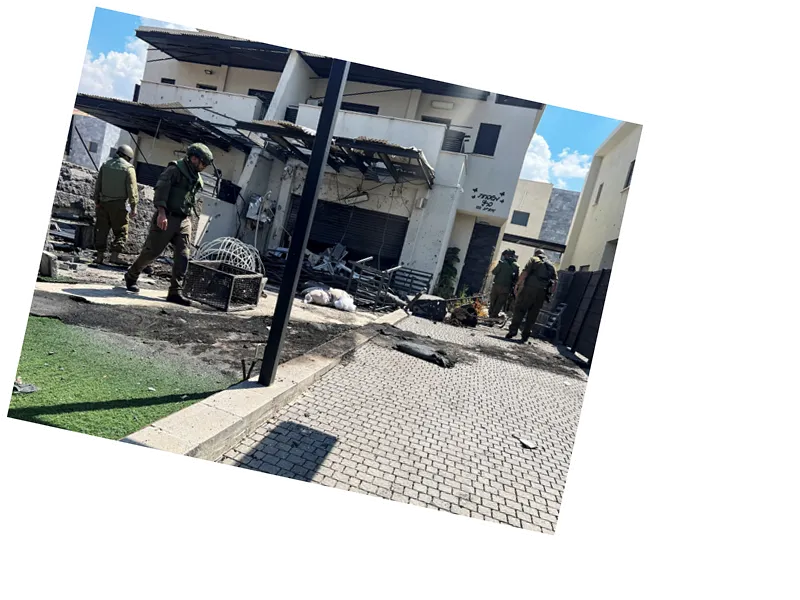The fortification plan is a response to ongoing security threats faced by northern Israeli residents due to conflicts with Hezbollah.
Historical context indicates that despite prior commitments, the government's execution of the fortification plan has been inadequate, with only a fraction of the budget allocated.
Public sentiment is overwhelmingly against returning to northern towns without substantial security assurances, reflecting a broader crisis of trust in government responses to threats.
The continued implementation of the fortification plan may lead to increased tensions between the Israeli government and displaced residents if security concerns are not adequately addressed.
If the conflict with Hezbollah persists, the Israeli government may face growing pressure to enhance protective measures in northern towns.
Future military engagements may further complicate the government's ability to reassure residents, potentially leading to a prolonged displacement crisis.
Israeli Government Launches Fortification Plan for Northern Residents
The Israeli Ministry of Defense has announced a significant initiative aimed at rehabilitating and fortifying public shelters and buildings in northern border towns as part of the 'Fortification of the North' plan. This project comes in response to the ongoing challenges faced by residents who were evacuated from their homes due to conflicts with Hezbollah in Lebanon. The plan entails the construction of over 200 fortified shelters at a cost of approximately 130 million shekels ($35 million), focusing on areas in the Upper and Western Galilee, as well as the occupied Golan Heights.
Background of the Fortification Initiative
The decision to implement the 'Fortification of the North' plan follows a long-standing commitment made by the Israeli government in 2018, which outlined a multi-year strategy to enhance security and preparedness against potential threats from Lebanon. Despite an ambitious budget of NIS 5 billion ($1.35 billion) allocated for this initiative, only 18% of the necessary funding was secured prior to the current conflict escalation. The recent announcement has reignited discussions regarding the government's perceived failure to adequately protect northern towns, especially as many residents remain reluctant to return home amid ongoing hostilities.
Challenges and Public Sentiment
Israeli analysts suggest that the implementation of this fortification plan is indicative of the prolonged conflict with Hezbollah, reflecting a failure of the Israeli military to achieve its objectives. Many displaced residents express skepticism about returning to their homes, citing ongoing rocket attacks and security concerns. The sentiment among these families is one of frustration, as they demand effective measures from the government to ensure their safety before considering a return. Some residents have even conditioned their return on the establishment of a demilitarized zone in southern Lebanon, highlighting the deep-rooted fears that persist among the community.





